Julia Logan | ZANGOOSE.DIGITAL
Onsite SEO audits are an important part of ongoing website maintenance. You want to make sure your site is always properly functioning, fast, navigable and indexable. But there are some small issues which often get overlooked whereas getting them wrong can cost you site performance and even rankings. Here are a few of these issues, check and see if your site has got them all right:
You can identify incorrect hreflang attributes by running a site crawl e.g. in ScreamingFrog which has a report covering hreflang attributes specifically. You can also check for known hreflang errors using an International Targeting report in Google Search console under Legacy Tools and Reports -> International targeting.
These may be caused by the CMS you use for your site or by various plugins each adding their own tags, controllable via different interfaces hence easy to overlook or set to different values. Unfortunately, removing these multiple entries may not be easy and may even require disabling some of the plugins. The more plugins with overlapping functionality you use on a site, the higher the chance they will try to insert multiple elements into your site’s pages. Make sure you know what exactly each plugin influences and disable unwanted functionality. Most meta tags should appear only once in the section of your page. Only one set of HREFLANG attributes covering all the language versions you use on your site should be used and it is also placed only in the section of the page.
It is possible to detect multiple meta tags or HREFLANG attributes occurrences via ScreamingFrog (the reports covering each element have a filter for multiple occurrences of these elements) or by running a site audit in SISTRIX Optimiser where multiple occurrences of critical elements on the site will be highlighted as errors.
As of March 21, 2019 Google has announced they are no longer using these attributes – however, they may still be useful for other reasons such as accessibility or link discovery. Other search engines such as Bing still use rel=”prev”/”next” attributes.
Using rel=”prev”/”next” incorrectly can therefore get ignored but it can also be quite harmful in some cases. For example, if you have no pagination on your site but have rel=”next” leading to exact duplicate copy of the original page i.e. where the second page does not exist but is just an altered form of the original URL successfully resolving due to a CMS bug. The nature of the bug is such that if e.g. https://www.domain.com/page/2/ is added to any page on the site, the resulting URL will resolve to the original page’s content, potentially creating a duplicate of https://www.domain.com/. Having a canonical on each page certainly helps, but why lead the search engines to discover a nonexistent duplicate URL?
Also, some WordPress themes set rel=”prev”/”next” for unrelated separate blog posts following each other – that is an incorrect implementation of the pagination attributes due to misunderstanding of their nature and purpose.
Detecting these errors is possible via most SEO audit tools, e.g. ScreamingFrog which has a separate report for all pagination related issues.
The only tool I am aware of which successfully detects this issue is SISTRIX Optimiser. It will also provide you with all the file names for duplicate images, as well as the pages using them so that you know where exactly the issue needs to be fixed.
While these smaller issues may not be exactly what comes to mind first of all when people think of good onsite SEO, eliminating them can give your site some quick wins in terms of performance and indexing. Hence, next time you’re running a site audit, do not overlook them.
